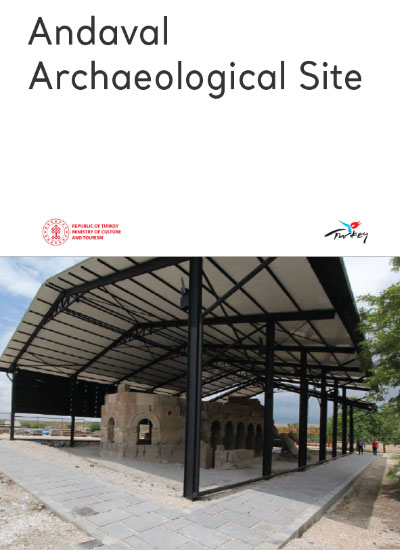The settlement, known in historical sources as Andabalis, Adualis, and Ambabalis, was a military garrison situated on the route from the capital Istanbul to Cilicia and from there to the Holy Land in Late Antiquity. According to legend, Helena, the mother of Constantine the Great, is said to have built some churches in the region during her pilgrimage to the Holy Land in the first half of the 4th century. However, it is thought that the church known as the Basilica of Constantine in some publications today is not one of the churches in question. The architectural plan features of the extant Church of Constantine and Helena suggest that it was probably built in the 5th or 6th century, at or near the site of the church built by Helena. The Church of Constantine and Helena is situated in the Yeni Mahalle neighbourhood of the town of Aktas, 8 km northeast of Nigde (Nahida). The church is of a Hellenistic basilica plan with a flat wooden roof, three naves and a single apse, which was a common feature of Byzantine architecture of the 5th or 6th centuries. Following the Turkish conquest of Anatolia in the 11th century, the church continued to be used for non-Muslim worship in the region. Wall paintings (fresco and secco paintings with religious themes) can be found on the west wall and window arches of the middle nave, on the wall separating the middle nave from the north nave and on the beginning of the vaults. It is believed that the wall paintings in the church were painted between the 11th and 13th centuries. However, there is disagreement regarding the surviving paintings on the collapsed walls of the church and the semi-dome of the apse.
<div class="row my-4">


